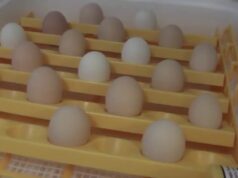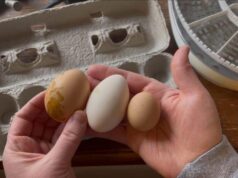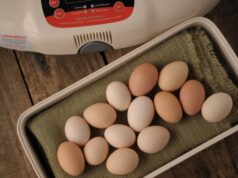When embarking on the delightful journey of raising chicks, understanding what is a chick brooder is essential. A chick brooder is a controlled environment where young chicks are kept warm, safe, and nurtured until they are ready to join the flock. This stage is crucial for the health and development of the chicks, ensuring they have the best start in life.

The Importance of a Brooder
The brooder provides a space where temperature, humidity, and light are regulated to mimic the warmth and security a mother hen provides. This environment helps the chicks develop properly, supporting their immune system and ensuring they are strong enough to graduate to the coop.
Key Components of a Brooder
Heat Source
The primary function of a brooder is to provide warmth. Typically, heat lamps or heating plates are used to maintain the appropriate temperature, steadily adjusted as the chicks grow. Maintaining a comfortable temperature is vital for their survival.
Bedding and Space
Soft bedding such as straw or wood shavings is essential for comfort and hygiene. A spacious brooder allows ample room for the chicks to move freely, encouraging healthy development and reducing the risk of spreading disease.
Food and Water
A balanced diet and access to fresh water are critical. Feeders and waterers should be designed to accommodate the small size of the chicks, preventing contamination and spillage which can lead to health issues.
Setting Up Your Brooder
When deciding on the space for your brooder, consider factors like safety, accessibility, and convenience. Whether you choose to create your brooder indoors or outdoors, it should be a secure environment that protects young chicks from predators and provides a tranquil setting for growth.
Temperature Management
Temperature management is crucial in a brooder. Start with 95F (35C) for the first week, reducing by 5F each week until the chicks are fully feathered. This simulates the warmth they would naturally receive from a hen, ensuring they are comfortable.
Lighting in the Brooder
Lighting needs to balance warmth with natural day and night cycles, as exposure to natural light can boost their development. Red lights are often recommended to reduce stress and prevent the chicks from pecking each other.
Key Considerations
Safety Measures
Always ensure that your heat sources are safe and securely fitted. A wrongly placed heat lamp can be a serious fire hazard. Moreover, protect the brooder area with screens or mesh to keep curious pets and predators away.
Monitoring Growth and Health
Regularly check on the chicks to monitor their growth, health, and behavior. Look for signs of happiness and stress, and adjust the environment accordingly. Happy chicks are active and have clear eyes and bright plumes.
Transitioning Out of the Brooder
Once your chicks are about six to eight weeks old and fully feathered, it’s time to move them to their new home with the mature chickens. At this stage, they can regulate their own body temperature and are less vulnerable to environmental changes.
Conclusion: The Role of Brooders in Raising Healthy Chicks
Understanding what is a chick brooder is fundamental to raising healthy, strong chicks. A thoughtfully set-up brooder replicates the nurturing environment a mother hen provides, ensuring chicks develop optimally during their critical early stages.

FAQs
How long do chicks stay in a brooder?
Chicks generally stay in a brooder until they are six to eight weeks old, depending on their development and weather conditions.
Can I build my own brooder?
Yes, many poultry enthusiasts build their own brooders using plastic totes, metal tubs, or wooden crates. Ensure it is safe, secure, and provides adequate warmth and ventilation.
What is the best bedding for a brooder?
Straw and wood shavings are popular choices for bedding as they provide comfort and absorb moisture, maintaining a clean environment for the chicks.
For further details, you can refer to Backyard Chickens Guide. Also, explore resources for managing chickens at various ages on Chicken Things and More.
This article contains affiliate links. We may earn a commission at no extra cost to you.











